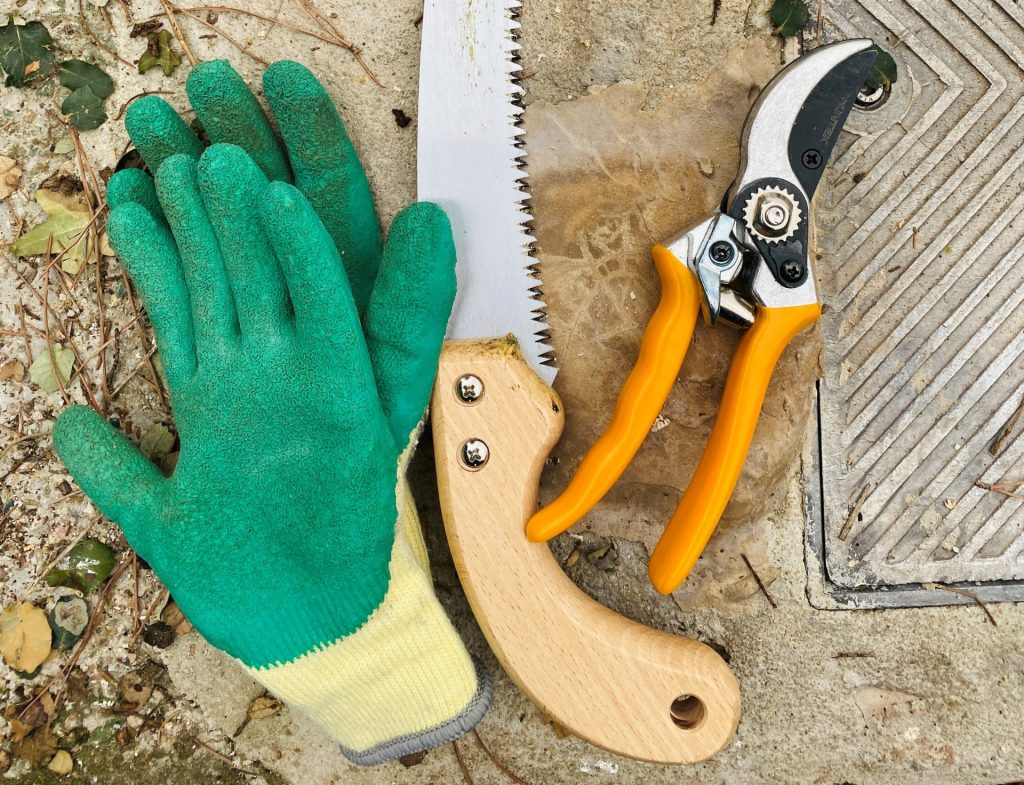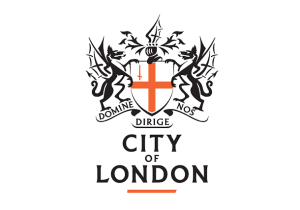We all want our gardens to look their best. That’s why maintenance is so important — because it’s only through the correct pruning, repotting, mowing and cultivating that your plants will flourish.
In this blog post, we’ll focus on cutting and trimming, exploring:
- Signs your privet hedge needs trimming
- When to prune your privet
- Shaping your privet hedge
- Why to invest in professional hedge trimming
By the end, you’ll have a clearer idea of how to care for your garden and ways our team can help. You can also take a look at our hedge trimming service in Bromley and South East London.
3 signs your privet hedge needs trimming

The green-fingered among us know that a hedge won’t just take care of itself. Without training and trimming, it’s liable to become bushy, straggly or even die off. Here are a few signs you need to get the shears out and get hedge cutting:
#1: Your privet looks uneven
One of the most common complaints about privet hedges is that they can get ‘leggy’, meaning there are fewer leaves at the base than at the top. In this scenario, you’ll need to do some bush trimming at the top to encourage growth at the sides, which will help to thicken your privet over time.
#2: Your privet has lost its shape
Whether you like a topiary or you do your hedge cutting at an angle, an overgrown privet can hide that wonderful shape. So, prune the buds along the tip of the branches. We’d suggest cutting a few centimeters above the topmost buds, at a 45 degree angle. You might need to repeat the cut in a few weeks, once new growth takes hold.
#3: It’s been a while since you’ve pruned
Privet is a hardy plant, and can withstand quite a bit of regular pruning. And, to keep its shape, you’ll need to keep on top of your hedge trimming. Also, bear in mind that this is a fast-growing plant — you might see around 30cm growth a year. Therefore, you should aim to prune your privet at least twice a year.
When to prune your privet
As mentioned, when it comes to privet hedge cutting, you’ll need to tackle your plant at least twice a year. Most gardeners choose to do the first pruning in spring, catching it just before it puts out new shoots and ensuring you don’t prune off any flowers or disturb nesting birds. Then, a second cut in mid-autumn can help to maintain its appearance. In other words, trimming hedges in spring, as well as trimming hedges in fall, can help your privet look great all year round.
Shaping your privet hedge
The amount you prune is really up to you, as privet is such a tolerant plant. Some people cut it down halfway, but take care not to do this too late in the year, or the plant may struggle in the colder months. Popular shapes for privet hedge trimming include spheres, spirals and pyramids, but this is a plant you can really get creative with — we’ve also seen plenty of animal topiaries!
As a general rule of thumb, you’ll first need to cut away old, dead, damaged or diseased branches. Then, you’ll need to tackle overgrowth. Trim long shoots first, following the natural growth of the plant. Next, use a small, sharp pair of secateurs to tackle thicker parts that need a more careful approach.
Why it’s worth investing in professional hedge trimming
Sometimes, the best way to trim shrubs is to call in hedge cutting contractors, like TreesUK. Serving South East London and Bromley, we specialise in planting, stump grinding and professional hedge trimming. Specifically, we can provide:
- Hedge reduction services
- Hedge removal services
- Services for trimming hedges in fall
- Services for trimming hedges in spring
And now to answer some questions we commonly receive from customers in Bromley and beyond:
How much does hedge trimming cost?
If you’re looking into prices for what hedge trimming could cost, you’re best getting in touch with our tree surgeons. The size and growth of your plant will bear an affect on cost, so we quote per project.
How do I find a hedge trimming service near me?
Our team can carry out hedge removal services and hedge reduction services across South East London. If in doubt about whether your area is covered, just get in touch.
Will a dead privet hedge grow back?
It depends on its condition, and whether it’s possible to revive it. Sometimes, cutting right back — about halfway — can stimulate new growth. Other times, poor drainage, disease and other factors can kill off your hedge altogether, for which you might need our hedge removal services. The good news is that privet is generally a robust plant, and in many cases, can be reinvigorated. Talk to our tree surgeons to find out more.
















